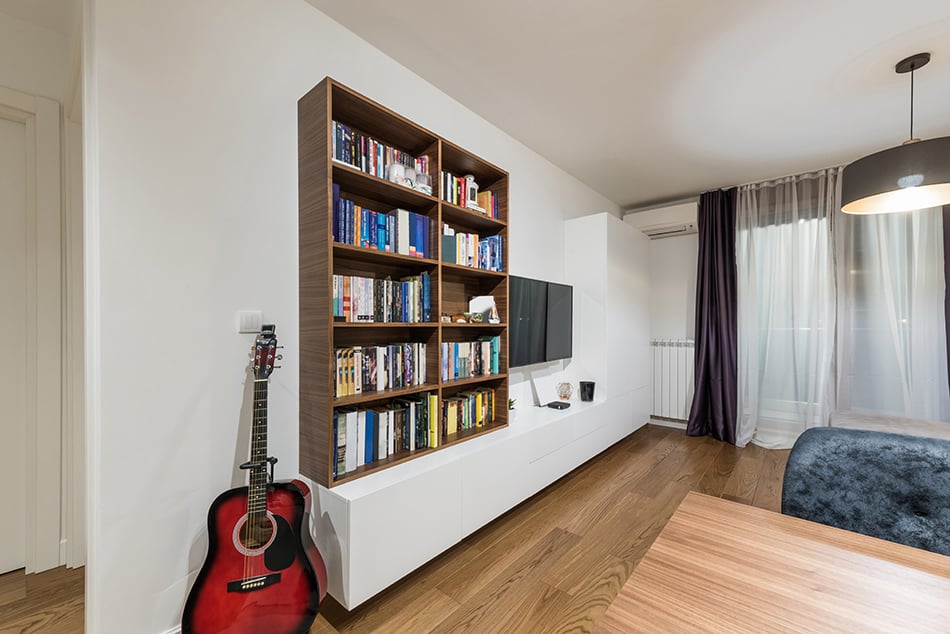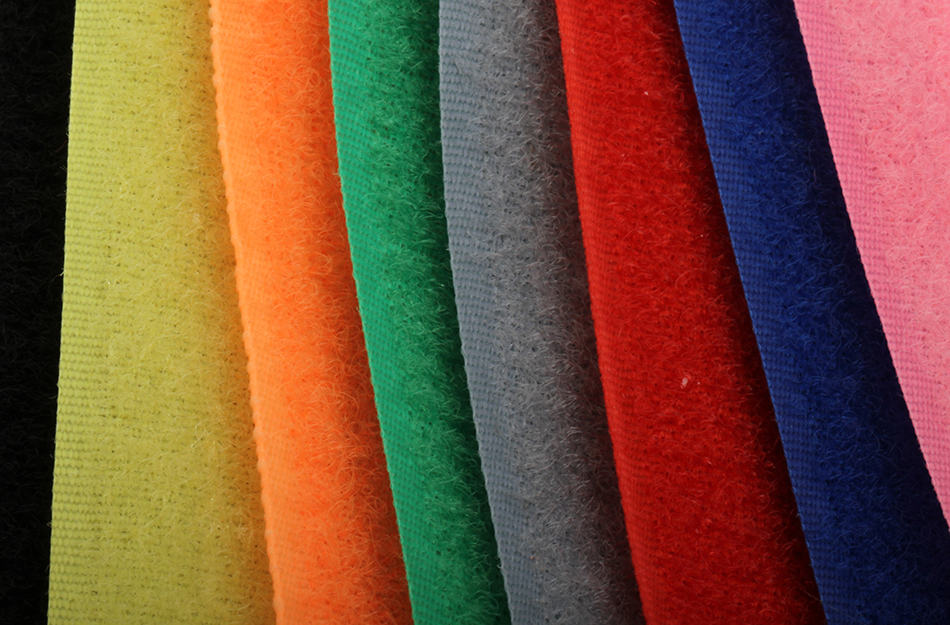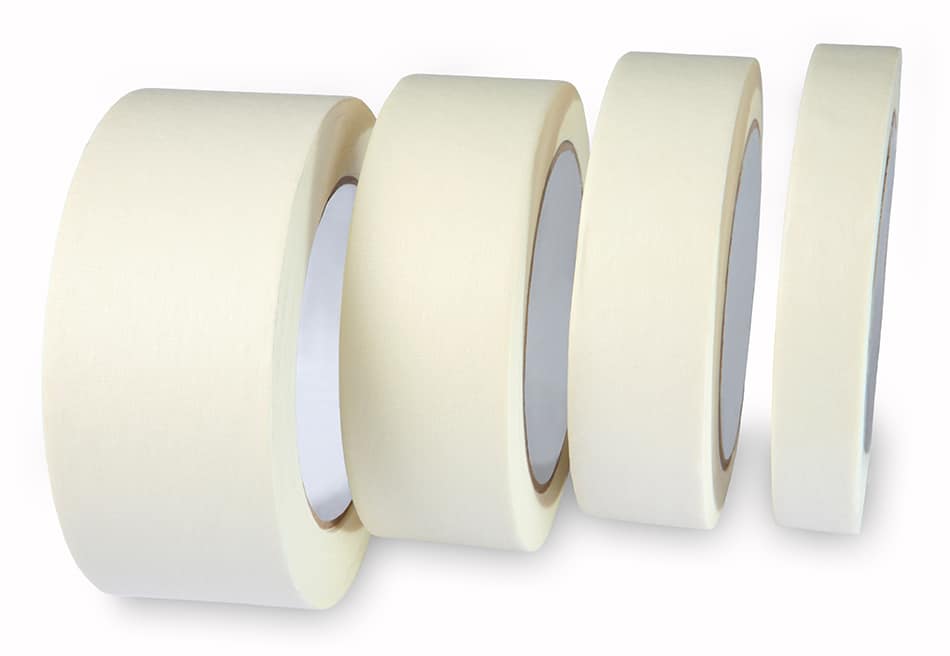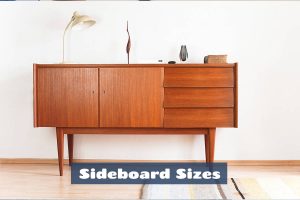Unlike smaller furniture pieces, bookshelves are expected to hold heavy books or other items. If not secured properly, they can pose a safety risk. The best way to avoid accidents is to secure the bookshelf to the wall without screws.
Sometimes it is not feasible to place screws in a wall to secure furniture, especially if you’re a renter or don’t want to make holes in the walls. However, it can be challenging to figure out the most effective way of securing a bookshelf to a wall without using a screw.
Continue reading to learn how to successfully carry out this task.
Easiest Ways to Mount Bookshelf to Wall Without Using Screws
Method 1: Use Velcro Straps
Sometimes you won’t be able to secure your bookshelf without using screws for brackets or L-hooks. Thankfully, there are now anti-slip kits that don’t require screws or nails. These kits can be bought from online and offline merchants. Some kits come with metal cables, velcro straps or plastic ties to secure a bookshelf to the wall using pins or posts.
If you want to buy such anti-slip kits, it’s best to look for ones that include velcro straps, as they won’t require making any holes in the wall. The kit should also include wall anchors to hold the velcro straps firmly on the wall. There is no need to drill the bookshelf to the wall. Just follow these steps to learn how to use velcro straps to secure the bookshelf to the wall.
Step 1: Use a pencil and ruler to draw a horizontal line on the wall where the bookshelf is going to get attached to.
Step 2: Remove all the books from the shelf. You’ll need up to 4 velcro straps to securely and firmly mount the shelf to the wall. If there are any wall studs in the area you’ll be securing the shelf to, remove them and clean the area using a damp cloth.
Step 3: It is best to secure the bookshelf to the wall without any books in it. You can fill the shelves with books later.
Step 4: Line up the velcro straps in vertical positions and hold them in place by asking someone to assist you. Make sure the adhesive side is facing the wall.
Step 5: Put your bookshelf back into place at the same level as the velcros on the wall. Peel back the cover of the straps and press each one onto the top of the bookshelf. For best results, don’t remove the strap to reposition, otherwise it may lose some of its strength.
Method 2: Glue or Adhesive Tapes
To avoid using studs, screws or making holes in the wall to hold down a hook or bracket, go for adhesive tapes. You can use these to hang any hollow and lightweight bookshelf, particularly the ones that are made of wood. As a general rule, only hang bookshelves that weigh no more than 4 kilograms.
For safety, never attempt to hang bookshelves using adhesive tapes if they weigh more than 4.5 kilos.
Hollow, floating shelves are usually made from light planks of wood and are highly suitable for securing to the wall using adhesive tapes or glue. You can find these shelves on reputable online stores like Amazon.
What you’ll need:
- Adhesive tapes
- Bookshelf
- Clean cloth
- Isopropyl alcohol
Instructions:
Step 1: Grab a dry, clean cloth and dab it in isopropyl alcohol. Gently rub the cloth against the wall and the mounting side of the bookshelf. Leave the surface to dry for 10 minutes before attaching the adhesive tapes.
So why is this necessary? The alcohol ensures any oil, wax or grease is removed from the surfaces. This will make the adhesive tapes easier to mount.
Step 2: Stick the adhesive tapes to all the shelves by pressing them down for 20 seconds. Repeat the process until all the tapes are mounted to the shelf. Make sure you allow enough space between each tape in order to give your bookshelf the greatest amount of hanging strength. You may also use staples to attach the adhesive tapes to the wooden shelves.
Step 3: Once you’ve attached the adhesive tapes to the shelves, allow 30 seconds before removing the remaining strip liners and positioning the shelves along the wall. Press each shelf firmly against the wall for 1 minutes to fix it in place. Tip: attach adhesive tapes to two adjacent sides of the bookshelf for greater support.
Step 4: Using gentle motions, pull on the edges of the shelf to peel the item away from the wall. Each adhesive tape should separate easily so that one side is attached to the wall and the other is attached to the bookshelf.
Now push down on each tape for 20 seconds to make sure it sticks completely. Note: if any adhesive tapes come off, replace them with a new one and repeat the same process by following this step.
Step 5: Finally, allow your adhesive tapes to set for 1 hour and solidify. You can then reattach the removed shelf by connecting two new adhesive tapes. Let go of the shelf and see whether it comes off the wall. You may also place pillows under the shelf in case it falls on the floor.
Other Types of Adhesives
If your bookshelf is small and lightweight, consider using an adhesive fixture instead of glue tapes. Bookshelves that weigh less than 4 kg can easily be fixed to the wall using adhesive fixtures. These products are hooks and hangers that are found in most DIY and home improvement stores. You can also buy them online. Other types of adhesives include:
- Rails: these are ideal for holding lightweight books or magazines
- Caddies: these adhesives can hold larger books
- Display ledges: these adhesives are also great for holding collectibles and books
What If the Wall-Mounted Bookshelf is Still Wobbly?
If the bookshelf you’ve secured to the wall is still wobbly, this could be due to the weight it carries. Shaky or rocking bookshelves are a safety hazard as they may fall during a tremor or earthquake.
Side-to-side shaking can be the result of loose fasteners, which are rectifiable by tightening or adding an extra back unit to the shelf. But by far the safest way to stop a wobbly bookshelf is to anchor it to the wall. Follow these steps to learn how it’s done:
Step 1: remove all the books from the shelf and move everything away from the wall. Check the shelf to see if there are any loose nails or weak adhesives. Tighten the nails or remove the glue. Wipe off any residue with a damp cloth.
Step 2: if the bookshelf rocks side to side, it needs backing. Lower it to the floor and pull the sides and the top using a carpenter’s square. Get a tape measure and measure the bookshelf’s width starting from its outer edges. The length is measured from the top surface to the bottom shelf all the way down.
Step 3: now grab a circular saw and cut a piece of hardboard or wooden plank to the sizes you measured. The wooden plank will provide support to the back of the shelf. To avoid using screws, you can opt for a no-nail blue tack to secure the plank on the wall.
For added stability, drive a few hooks through the shelf to the backing, not the wall. 3-inch hooks are best for such a purpose or you may use studs and nails for the backing. To distribute the load evenly, use washers. Alternatively, if there is no backing used for securing the shelf to the wall, metal brackets should be fixed to the studs as well as to the underside of the top shelf for maximum stability.
Step 4: to stop the bookshelf from rocking back and forth, add adjustable feet. This can be done by lowering the shelf to the floor and adding wooden feet to the underside of the legs. Raise or lower the feet until the shelf stops wobbling. Turn the feet clockwise for proper adjustment.
Step 5: now the bookshelf is ready to be affixed to the backing on the wall. It should no longer wobble or rock side to side.
If All Else Fails, Purchase a Free-Standing Bookshelf
For more support, sometimes adhesives or velcro straps are simply not enough to provide enough load strength to the bookshelf. If you’ve tried all the above methods and none of them work, consider buying free-standing bookshelves or storage racks instead.
These products can be found in most furniture supply stores. As the name suggests, these bookshelves don’t require securing to the wall and provide adequate support no matter how much load they hold.
Why Do I Need To Secure My Bookshelf To The Wall?
Lightweight bookshelves usually don’t come with backing or hardware, so they can easily fall to the floor if not secured to a wall. Bookshelves, such as ladder-style ones should always be secured to a wall for safety.
In a home with elders, pets, or children, a wobbly bookshelf can be a hazard. If you live in an earthquake area, your bookshelf may fall and cause accidents. All this can be avoided by following one of our methods above.








